Las carnes constituyen una parte importante en la introducción de la alimentación complementaria del bebé a partir de los seis meses. Es el primer alimento de origen animal que probará el bebé, por lo que su incorporación debe ser suave, paulatina y observando cómo es tolerada.
Desde el punto de vista nutricional, las carnes tienen propiedades muy saludables para favorecer el crecimiento del niño. Aportan proteínas, indispensables para el crecimiento, las defensas y la regeneración de los tejidos, vitamina B12, para la formación de glóbulos rojos y el sistema nervioso, y minerales como el zinc y fundamentalmente hierro, esencial para combatir la anemia.
Las carnes se pueden empezar a ofrecer a partir de los seis meses. Podemos comenzar con las carnes provenientes de animales pequeños, las llamadas carnes blancas, como el pollo, el pavo o el conejo. Seguir por el cordero y luego la ternera y el cerdo, por su sabor más intenso y la mayor proporción de grasa.
En cuanto al cerdo, lo más aconsejable es comenzar a ofrecer el solomillo, por ser una carne jugosa y sin nervios.
Cuando el bebé comience tanto con la ternera como con el cerdo, se deberá vigilar cómo lo tolera ya que la digestión de estas carnes es más lenta que otras.
Las proteínas son importantes y necesarias para la salud, pero al igual que es perjudicial una dieta defectuosa en proteínas, también lo es un exceso de las mismas, pues podría provocar alteraciones del metabolismo y de las funciones hepática, renal y hormonal, además de poner en riesgo la salud de los huesos e incrementar la obesidad.
Según la OMS, los bebés de entre seis y 12 meses deben consumir 1,6 g/Kg/día de proteínas, de entre 12 y 24 meses, 1,2 g/Kg/día de proteínas, y a partir de ahí, por cada año que cumplan la cantidad de proteínas requerida disminuirá en 0,05 gramos. Las proteínas deberían de ser un 65% de origen animal y un 35% de origen vegetal, por lo que debemos compensar unas con otras.
Según la Sociedad Española de Nutrición, para que el menú de nuestros hijos sea saludable y equilibrado, debería incluir carnes de tres a cuatro veces por semana, aunque es aconsejable asegurarse la obtención recomendada de hierro a través de otros alimentos como pescados y legumbres.
Lo recomendable a los seis meses es que tomen un máximo de 20 gramos diarios, que equivale a un trocito de pollo (algo así como la tercera o cuarta parte de un filete) que aporta unos 4 g de proteínas.
Un filete entero (80-100 gramos), contendría unos 16-20 gramos de proteínas. Prácticamente el total de proteínas que un niño necesita a lo largo de un día (recordad que los niños de 6 a 12 meses necesitan unos 20 gramos de proteínas al día y que los niños de 2 a 5 años aún necesitan menos, unos 14-16 gramos).
Es por eso que con esos 20 gramos de pollo (4g de proteínas), los 6-11 gramos que pueda aportar la leche que esté tomando y la cantidad que proviene de los cereales, la verdura y la fruta llegaríamos sin problemas a la cantidad de proteínas recomendable.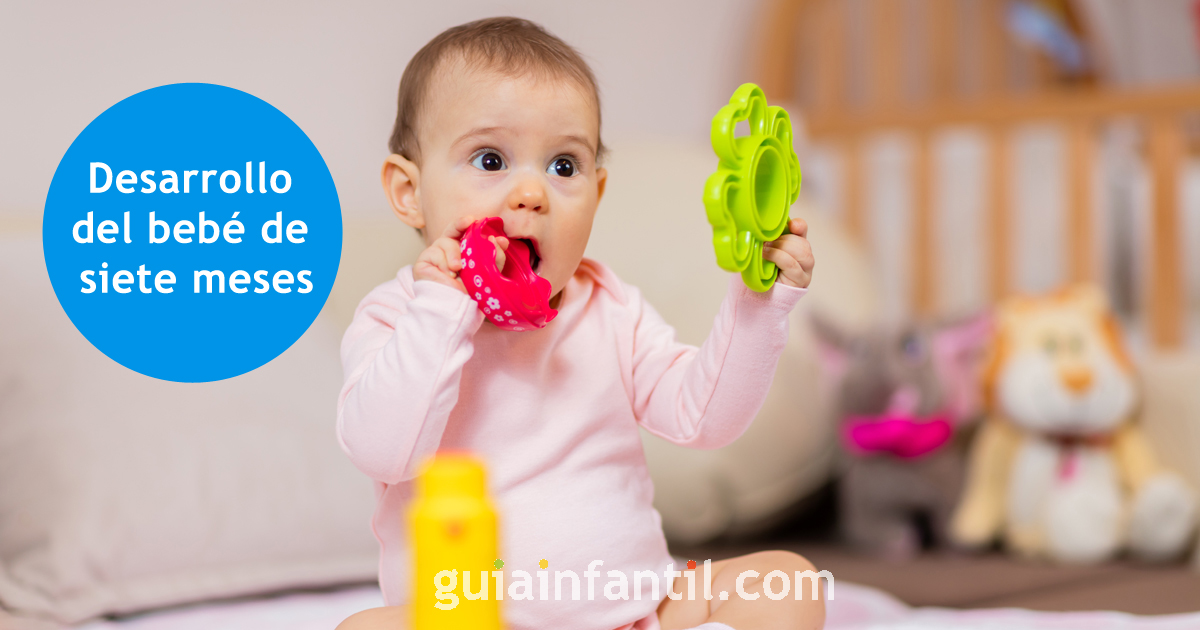
Niños vegetarianos. En niños que siguen una dieta vegana o vegetariana, es aconsejable asegurar que se consuman diariamente alimentos ricos en proteínas (sobre todo legumbres, frutos secos y semillas) y que se combinen las fuentes de proteínas.
Antes de cocinarla hay que retirar la piel, los nervios y la grasa visible. No se le debe añadir sal ni ningún otro condimento.
La carne se pueden cocinar a la plancha (en su punto, pues conserva mejor los nutrientes), guisada, hervida o asada. Evitar los fritos, al menos al principio, en la medida de lo posible.
Especialmente al cerdo hay que cocerlo al punto, pues si se pasa pierde sus propiedades y queda demasiado duro. Otra razón de cocinar a la plancha al punto es para evitar las sustancias que se forman cuando se cocina la carne a altas temperaturas, pues pueden irritar la mucosa intestinal.
No se deben ofrecer las carnes ahumadas (aunque sean de pavo o de pollo) pues son productos con excesiva cantidad de grasa, sal y contienen conservantes.
La forma más habitual de ofrecer las diferentes carnes las primeras veces es trituradas y mezcladas en el puré de verduras. Si no se trituran demasiado, el niño se acostumbrará más rápidamente a la textura de la carne y le será más fácil el paso a comer la carne en trozos.
Si sois partidarios del Baby Led-Weaning, un método cada vez con más partidarios para introducir la alimentación complementaria, o si no podéis hacerlo completo, el Baby Led Weaning Mixto, podéis ofrecerla en una variedad de presentaciones para que empiece a experimentar las nuevas texturas y sabores que le ofrece cada alimento
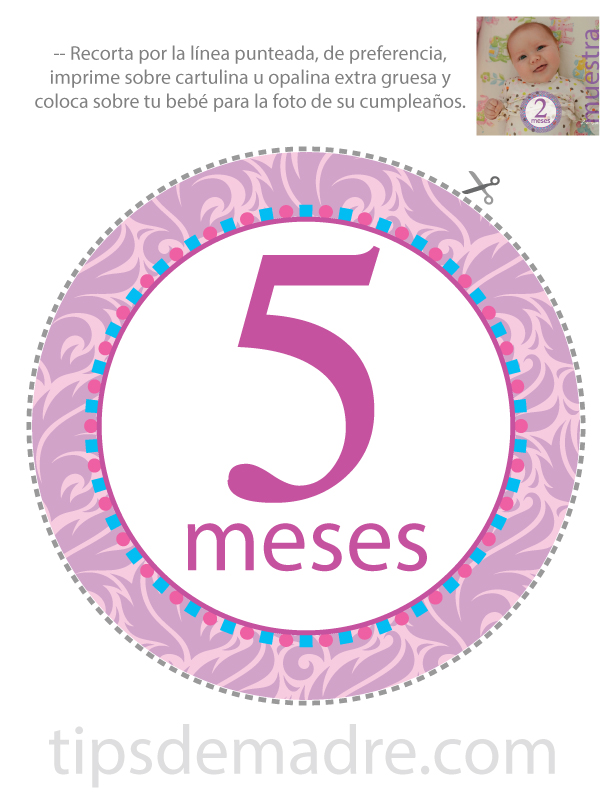
Siguiendo con la introducción de alimentos nuevos en la dieta del bebé continuaremos con la carne. La podremos incorporar cuando el bebé haya aceptado la papilla de verduras durante una semana sin observar ninguna alteración.
La podremos incorporar cuando el bebé haya aceptado la papilla de verduras durante una semana sin observar ninguna alteración.
No todas las carnes son aptas para las primeras papillas del bebé, para algunas de ellas deberemos esperar unos meses más. No hay prisa, debemos dejar que el aparato digestivo y renal del bebé madure e ir introduciendo los nuevos alimentos siempre con lentitud y suavidad.
INDICE DE CONTENIDOS
El pollo.
Es ideal para empezar, por su suavidad y por su bajo contenido en grasa y colesterol. Pechuga y muslo son las partes más magras.
El pavo.
Se puede ir alternando con el pollo ya que son bastante parecidas en cuanto a contenido graso y colesterol. La parte más magra es la pechuga.
El conejo.
Es la tercera carne que podemos añadir. Es la carne con menos colesterol y purinas, y es muy digestiva.
Añadiremos a la papilla de verdura con base de leche que comentamos en el artículo de “Como introducir las verduras” 20 g de carne sin piel y una cucharada de postre de aceite de oliva. No añadiremos sal hasta el año por lo menos.
Durante al menos el primer año de vida, las carnes se deben hacer hervidas. Puede ser que os hayan dicho que también podéis prepararlas al vapor, a la plancha… yo no lo recomiendo. La razón es que hirviéndolas se consigue que gran parte de las purinas queden en el caldo de cocción y así el sistema renal del bebé (aún inmaduro) no se ve forzado a eliminar ácido úrico.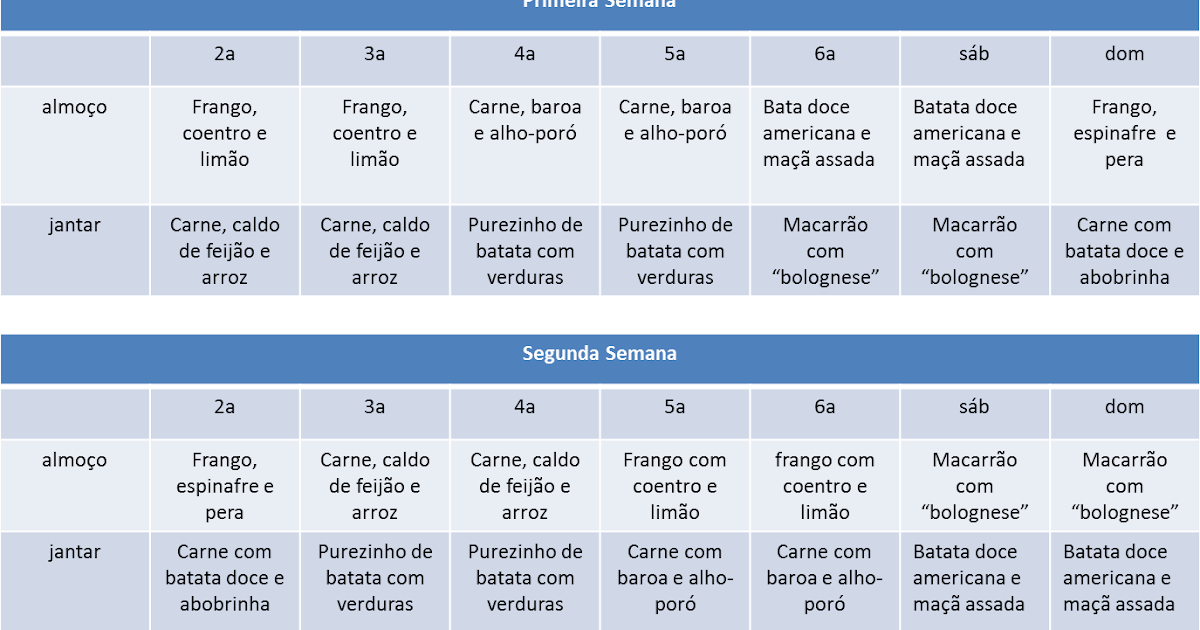
Además, si hacemos la carne a la plancha, “el tostado” es irritativo para el estomago y difícil de digerir. ¡Ya tendrá tiempo de probar todas las preparaciones culinarias!
No debemos poner más de 20 g de carne a la papilla del bebé, ya que causaríamos un estrés en su sistema renal. Incrementaremos a 30 g cuando el niño tenga 9-10 meses. Por la misma razón, si aún no le habéis dado agua al bebé, empezad ahora, ya que ayudará a que se filtren las proteínas con menos trabajo y disminuirá el estreñimiento.
El valor nutricional de casi todas las carnes es muy parecido. Las introducimos en la dieta del bebé por su aporte de hierro. Pero debemos vigilar el nivel de colesterol y grasa saturada que aporta. Por eso no es recomendable añadir a la dieta del bebé vísceras (hígado, cerebro…) que son ricos en hierro pero mucho más en colesterol.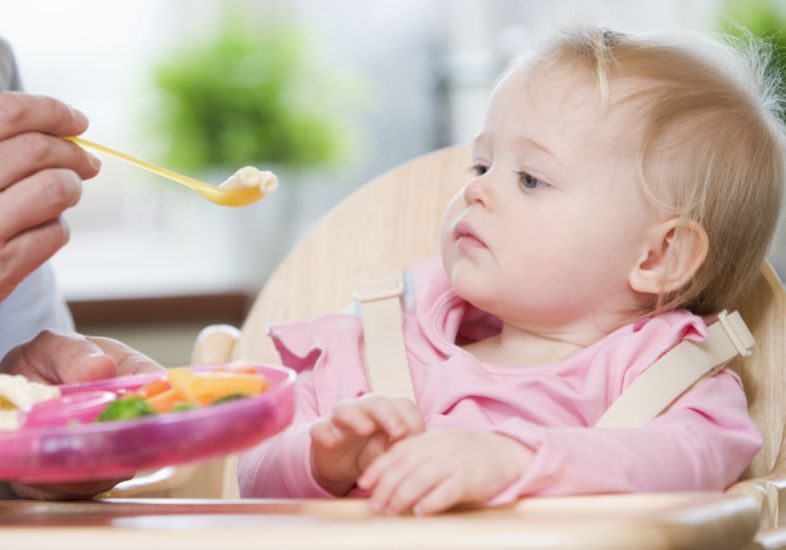
Una vez se ha comprobado la tolerancia a las carnes blancas (pollo, pavo y conejo) se pueden incorporar las carnes rojas.
El cordero y el cabrito.
Cogeremos 20-30 g de carne muy magra y sacaremos toda la grasa visible (en estas carnes es muy fácil de ver).
La ternera y el cerdo.
La ternera y el cerdoson las últimas carnes a introducir. Escoged siempre las partes más magras (con menos grasa), por ejemplo el lomo o solomillo. Según la Asociación de Pediatría Española se pueden dar a partir de los 8 meses y algunos pediatras de los 10 a los 12 meses, yo recomiendo introducir estas dos últimas carnes a partir del año de vida, como hemos dicho, no hay prisa, no es mejor una carne que otra nutricionalmente hablando, pero sí hay diferencias en cuanto al nivel de colesterol. Además la grasa no es tan visible como la del cabrito o cordero, por tanto más difícil de retirar y menos digerible para el bebé.
Tampoco debéis ofrecerles embutidos, ya que son altos en colesterol y en sodio (sal).
Como habéis visto, la alimentación de vuestros bebés ya es más variada. Ahora podéis hacerles mil combinaciones (diferentes verduras y carnes) para que vaya acostumbrándose a diferentes sabores.
Ahora podéis hacerles mil combinaciones (diferentes verduras y carnes) para que vaya acostumbrándose a diferentes sabores.
No olvidéis darles un mínimo de 500ml de leche al día, ya que sigue siendo su alimento principal.
Imágenes: benklocek, Ana María y deanwissing.
Soy Diplomada en Dietética y Nutrición, especializada en Nutrición y Obesidad y Alimentación infantil y adolescente. Mi experiencia como nutricionista y madre de 2 niños me permiten asesoraros en Pequerecetas.
Dairy and water-based cereals, oven-baked omelettes with vegetables, cottage cheese and cereal casseroles, cottage cheese with fruit, cheesecakes, pancakes. We are sure that you have already tried to cook all of the above for your baby. But what if you want something new or your favorite dish was not found? We offer you fresh ideas for tasty and healthy breakfasts for the little ones:
1. Avocado is a wonderful and extremely healthy breakfast idea for babies, starting from a very young age (in Europe, avocados are recommended to be introduced into complementary foods for children from 6 months of age). This exceptionally healthy diet fruit (!) contains 12 of the 13 known vitamins, and contains virtually no sugar. It is highly nutritious, but the monounsaturated fats it contains are healthy and easy to digest. In addition, many kids like the pleasant oily, slightly nutty taste.
Avocado is a wonderful and extremely healthy breakfast idea for babies, starting from a very young age (in Europe, avocados are recommended to be introduced into complementary foods for children from 6 months of age). This exceptionally healthy diet fruit (!) contains 12 of the 13 known vitamins, and contains virtually no sugar. It is highly nutritious, but the monounsaturated fats it contains are healthy and easy to digest. In addition, many kids like the pleasant oily, slightly nutty taste.
4 avocado breakfast ideas for kids:
Avocado and banana mousse (peel both fruits and blend. Voila!). It can be tried by babies from the age of 6 months.
Sandwiches made from whole grain bread or crispbread. The flesh of a ripe avocado can be spread on top like butter. Decorate sandwiches with herbs. If the child is already eating citrus fruits, a drop of lemon juice will perfectly set off the taste.
For those with a sweet tooth (from about 2 years of age) – healthy chocolate avocado mousse. Ripe avocado pulp, 1-2 teaspoons brown sugar or honey, 1-2 tablespoons natural cocoa powder. Mix in a blender, serve in a beautiful vase. In such a morning dessert, a whole set of trace elements that are rich in cocoa will be added to the beneficial properties of avocados: for example, potassium, calcium, magnesium and iron.
Ripe avocado pulp, 1-2 teaspoons brown sugar or honey, 1-2 tablespoons natural cocoa powder. Mix in a blender, serve in a beautiful vase. In such a morning dessert, a whole set of trace elements that are rich in cocoa will be added to the beneficial properties of avocados: for example, potassium, calcium, magnesium and iron.
In addition, avocado can be used in milk shakes with the addition of berries. Milk, avocados, and any seasonal berries (like strawberries, raspberries), whatever your little one loves and eats. What a great idea to start the day.
Remember to use a ripe avocado for breakfast (the skin and pit of this fruit easily peels off, and the flesh is creamy)
Like any new product, introduce avocados into your diet gradually to avoid allergic reactions.
2. eggs are nutritious and healthy in all forms (if you have already added them to your baby’s diet) But try quail eggs! They are just as tasty as regular ones, but much richer in microelements and cause allergies much less often. With their use, you can cook omelettes (mix 3-4 eggs with a little milk and bake in molds with the addition of vegetables and herbs), scrambled eggs in a circle of bell pepper, or just boil hard-boiled – for sure the baby will appreciate, they are special, children’s – small.
With their use, you can cook omelettes (mix 3-4 eggs with a little milk and bake in molds with the addition of vegetables and herbs), scrambled eggs in a circle of bell pepper, or just boil hard-boiled – for sure the baby will appreciate, they are special, children’s – small.
3. Smoothies – nutritious, vitamin-rich, and what scope for imagination! Any fruits or berries – in any combination, everything that does not cause an allergy in a child, everything that he chose himself. Wash, clean – and in a blender. You can add milk or liquid natural yogurt. Drink through a straw or eat with a spoon. Start with a banana paired with an apple or pear at 6 months old, and as you add new fruits or sweet vegetables to your diet, come up with new combinations.
4. Parfait in a beautiful transparent glass or a trendy little jar. The principle is this: at the bottom is a layer of pieces of soft fruit and berry puree, then yogurt (preferably natural) or cottage cheese, then something crunchy (crushed nuts, granola, pieces of baby biscuits).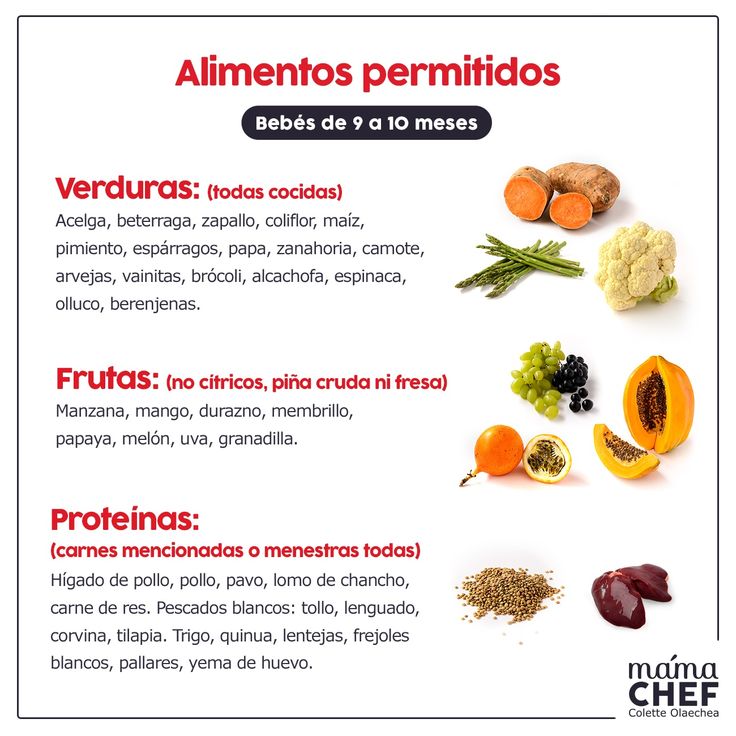 And again, repeat all 3 layers, if the height of the cup allows.
And again, repeat all 3 layers, if the height of the cup allows.
5. Boring porridge.
Oatmeal, buckwheat, corn porridge, rice, millet, garnished with nuts or granola, with milk or water, with butter and even with cheese. Made from flakes (flattened and steamed grains) – it cooks quickly, contains all the same useful trace elements as “adult” cereals and practically does not require chewing, which means it is suitable for children from 6 months. If the baby knows how to chew, then you can dilute the usual taste with small pieces of fruit (bananas, apricots, baked apple, soft pear), or puree from any fruits and berries that you have already introduced into complementary foods. And you do not need to add sugar or honey to baby porridge. To sweeten it a little, add natural apple or pear juice when cooking. By the way, older children can decorate their own porridge!
6. Pancakes are loved by all children, but traditional pancakes are heavy and not very healthy food for babies. We offer to cook them from a banana – a dietary healthy option. Beat 1 large banana in a blender with 2 chicken (or 7-8 quail eggs). Fry on both sides in a dry frying pan. To make breakfast look more elegant – use molds in the form of animals or the sun. As a sauce, natural yogurt, baked apple puree, or any other fruit or berry puree is perfect.
We offer to cook them from a banana – a dietary healthy option. Beat 1 large banana in a blender with 2 chicken (or 7-8 quail eggs). Fry on both sides in a dry frying pan. To make breakfast look more elegant – use molds in the form of animals or the sun. As a sauce, natural yogurt, baked apple puree, or any other fruit or berry puree is perfect.
7. Morning rolls. Spread a thin layer of soft cottage cheese or soft cheese (for example, goat cheese) on a thin wheat cake – tortilla, cover everything on top with thin slices of cucumber, ham, sprinkle with grated carrots, add greens. Roll into a tube and cut into rings 2-3 centimeters thick. You can prepare a fruit version using thin slices of strawberries, peaches, apples or small berries. Hard fruits such as apples can be easily sliced with a potato peeler.
Complementary food Food and Sleep
As you know, proper (healthy and tasty) nutrition is the key to a baby’s health.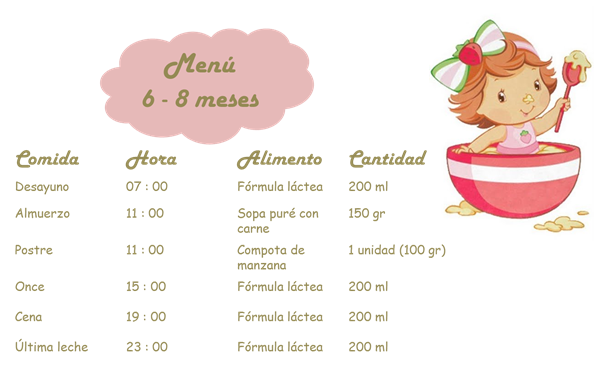 And, of course, breakfast plays a major role in the daily diet. In order for the baby to have enough energy for the whole day, in the morning you need to eat fully, correctly and, of course, tasty food. That is, stock up on vigor until the evening.
And, of course, breakfast plays a major role in the daily diet. In order for the baby to have enough energy for the whole day, in the morning you need to eat fully, correctly and, of course, tasty food. That is, stock up on vigor until the evening.
And so that the baby does not protest against “healthy breakfasts”, they should be approached creatively and with love.
See also: What to do if the child is often sick – 7 sure ways to increase the baby’s immunity.
Photo of Pexels
Photo by Pexels
Every second child grimaces as soon as he hears this word. But it is in the power of mom to turn such a breakfast into a real culinary masterpiece – so that not only a crumb, but even dad works hard with a spoon.
Why is porridge useful?
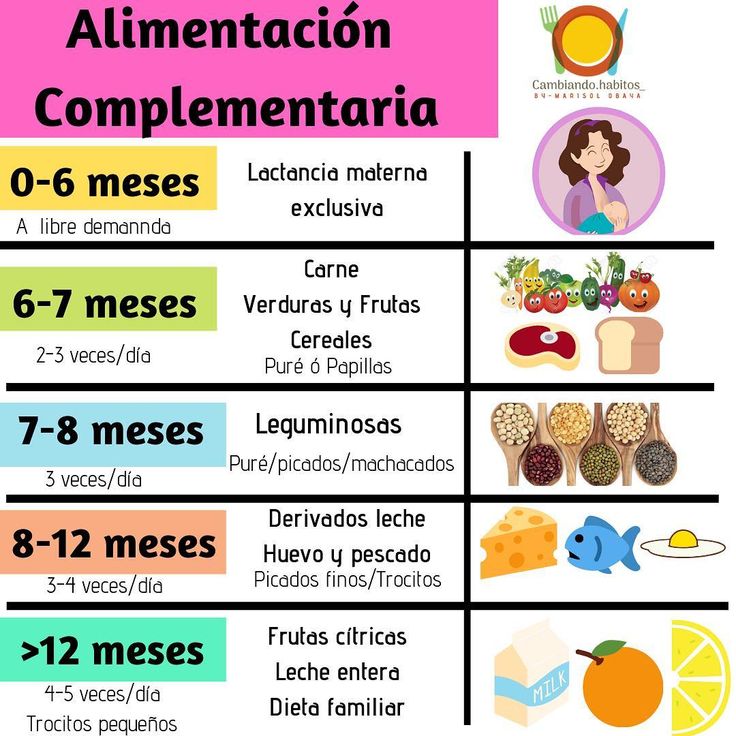 Universal dietary breakfast rich in vitamins, beneficial acids, microelements, vegetable proteins. Oats are an ideal antioxidant, an assistant in the digestive tract, a source of biotin (a vitamin, the lack of which leads to weakness, drowsiness, decreased appetite, etc.).
Universal dietary breakfast rich in vitamins, beneficial acids, microelements, vegetable proteins. Oats are an ideal antioxidant, an assistant in the digestive tract, a source of biotin (a vitamin, the lack of which leads to weakness, drowsiness, decreased appetite, etc.).  This breakfast is rich in minerals, vitamin PP, amino acids, trace elements.
This breakfast is rich in minerals, vitamin PP, amino acids, trace elements. Photo by Pexels
It is still too early for a baby of 1-3 years old to eat barley porridge (it is difficult to digest), semolina is also not recommended, but other cereals will be very useful.
How to make porridge tasty for a child?

Be imaginative. Porridge for breakfast can become a “canvas” on a plate – with the help of fruits, candied fruit or jam, “draw” culinary landscapes, unknown animals or fantastic characters for the child. Not a single child will refuse such porridge.
Photo Pixabay
Omelets are usually protested less often than cereals, but even such a breakfast requires decoration and mother’s imagination. Omelet is useful for the content (in eggs and milk) of vitamins B, E, A, D, fats and proteins, useful elements.
Tips:

What can I use to make an omelette for a child?
 5 years old). Zucchini, greens, carrots, sweet peppers.
5 years old). Zucchini, greens, carrots, sweet peppers. Photo by Pexels
After 6 months, cottage cheese for crumbs is an obligatory part of the menu. Cottage cheese is phosphorus and calcium, it is a mass of vitamins, it is an opportunity to use the product in a variety of variations. For example: cottage cheese with sour cream, berries or fruits, dumplings or dumplings with cottage cheese, cheesecakes, curd mass with various ingredients, cottage cheese cookies, casserole and much more.
And here we will talk about the most favorite curd dish among kids – cheesecakes. They are prepared quite simply, and can be served with almost any “sauce” – sour cream, jam, condensed milk, berries, fruits, etc.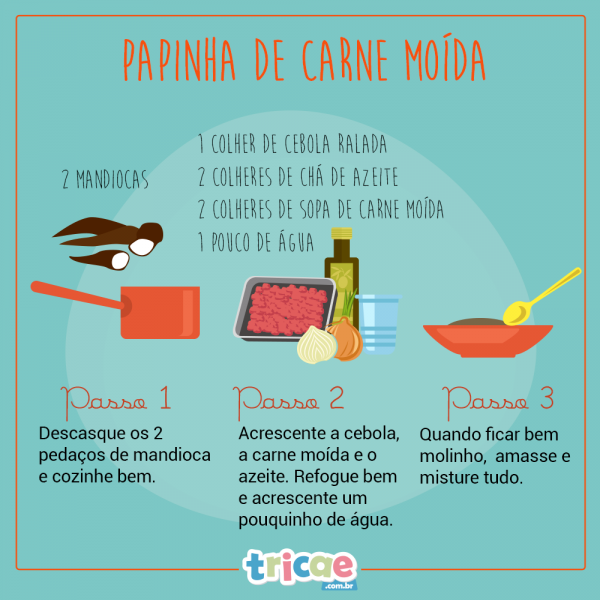 (according to age).
(according to age).
How to make cheesecakes?
Helpful hints:

Photo by Pexels
This dish is suitable for babies from one year old and older. Such a breakfast will be not only healthy, but also tasty and beautiful. That is, any little picky will like it. The benefits and advantages of pudding are easy digestibility, delicate texture, improved appetite and metabolism, a lot of useful elements for health.
Pudding options:
How to cook pudding for a baby?
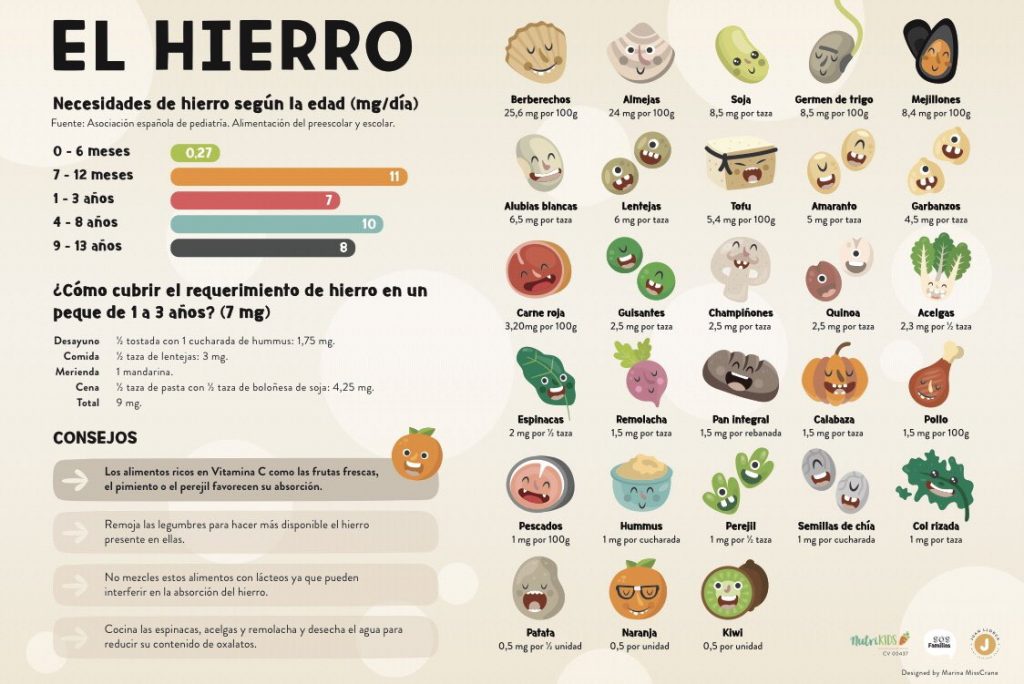
Decorate with berries, coconut, nuts, apples or cranberries, etc.
Photo by Pexels
An excellent breakfast option for a baby from 11 months and older. A diet dish that is an airy culinary delight with various ingredients based on beaten egg whites.
Read also: Children’s menu for the holiday – recipes for children’s holiday dishes.
Soufflé is prepared…

Classic soufflé (from 1 year old).
Beef soufflé.
The same principle can be used to cook soufflé from liver, fish fillet, poultry (if there is no allergy), etc. As a garnish and decoration – peas, carrots, zucchini, gravy.
As a garnish and decoration – peas, carrots, zucchini, gravy.
Photo by Pexels
Breakfast for kids from 1.5 years and older. Although the crumbs pancakes begin to burst, as soon as their first 4 teeth come out, it’s still not worth overloading the children’s body. Therefore, it is better not to give pancakes for a year. It is worth remembering that pancakes and pancakes are fatty and heavy food. Therefore, we limit ourselves to 1-2 pieces, we use only fresh natural products and do not overcook.
How to cook and decorate pancakes for your favorite babies?
